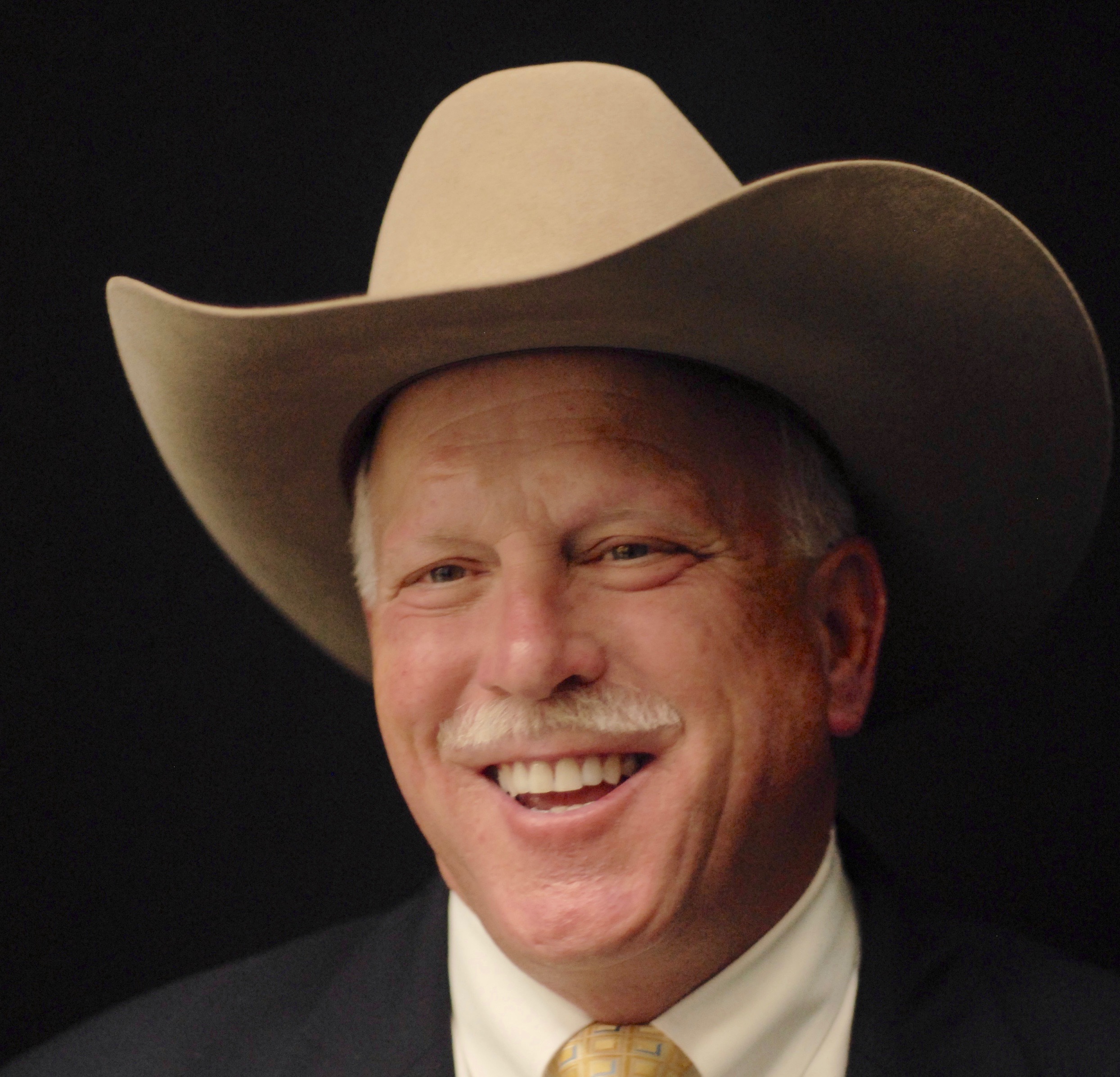Winegrape Cultural Practices Go Mechanical
Winegrape Cultural Practices Must Go Mechanical for Sustainability
By Emily McKay Johnson, Associate Editor
Higher wages handed down by the California Legislature are driving California winegrape growers to mechanize many farming operations. Doug Beck, geographic information systems (GIS) specialist and agronomist for Monterey Pacific Incorporated who works with winegrowers in the Salinas Valley, commented, “We don’t have the people; that’s the main problem. We can put bodies out in the field, but we can’t get the work done the way it needs to be done, at the time it needs to be done,” he said.
So the industry has no choice but to go mechanical on pruning, leafing as well as harvesting. Beck explained pruning has been tough to mechanize. “We’re basically just trying to do a system that is pruned by a tractor, creating a box head that self-regulates—it sets the amount of crop it needs and grows the size canopy it needs in order to balance that vine, produce good quality grapes and produce enough to be economically viable,” noted Beck.
Economic viability—profit—is critical, according to Beck. “In fact, it is true sustainability. Otherwise we’re not in business,” he said.
Mechanical pruning essentially creates a hedge every year. Beck explained, “Typically we have pruning spurs that have two buds or three buds, a hand space apart, coming off that cordon that we cut by hand. Instead of just having spurs, we let that grow into a box, and the mechanical pruner cuts along the sides and then across the top of the vine in one pass,” Beck explained. “It looks basically like a long box,” he said.
Beck has discovered that mechanical pruning into a box shape on the trellis wires, “works across all varieties we’ve tried. We’re definitely in a cool area for grape production,” Beck said, “so those are the kind of grapes that we’re growing: Pinot Noir, Grenache, Chardonnay, and Pinot Gris, along with some Cabernet.”
Beck said that winegrape vineyards have a lot of vigor in the Salinas Valley. “You also have big crops, which may also require some shoot or crop thinning. You have to come up with other machines to do the rest of the operations that they usually do by hand.”
“The mechanical process appears to be working well because growers are seeing a bump in yield of 30 to 50 percent,” Beck commented, “and they are saving about $1,000 per acre. Economically, it makes a lot of sense.”
“Quality is definitely acceptable. It’s as good as any other trellis system we have out there. Quality comes from vine balance and fruit exposure to light, and that box prune system accomplishes both,” said Beck.












